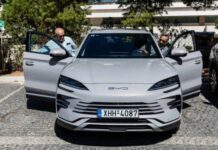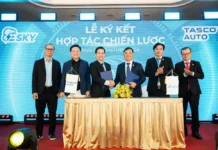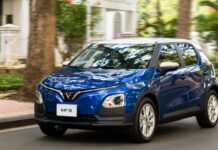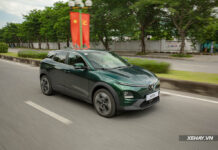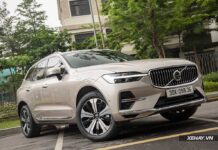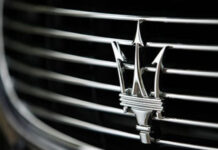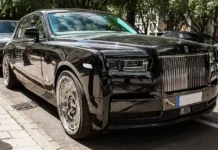A fatal accident involving a Xiaomi SU7 Ultra in Chengdu, Sichuan, China, has sparked intense debate over the safety and emergency escape capabilities of modern electric vehicles.
According to local police, the driver was allegedly under the influence of alcohol when the Xiaomi SU7 crashed into a median on Tianfu Avenue. Post-collision, the vehicle caught fire, and bystanders attempted to break the windows and extinguish the flames in the driver’s compartment. However, their efforts were unsuccessful before emergency services arrived.
The incident quickly became a hot topic on Chinese social media, with many questioning the safety of electronic locking mechanisms and smart door systems in modern electric vehicles during emergencies.
Amid the ongoing debate, Yu Chengdong, CEO of Huawei’s Consumer Business Group, took to Weibo to emphasize the company’s commitment to safety as a top priority in the development of smart vehicles.
He referenced a video shared in July, highlighting the multi-layered safety structure of the Aito M8, which runs on HarmonyOS. The vehicle features a Collision-Proof Module (CPM) and a four-layer door locking system, ensuring doors can be opened even if the power supply or control unit is damaged.
Yu explained that in severe collisions, traditional door locks often fail when electronic components malfunction. Huawei addresses this by placing the CPM in a protected location, using an independent signal pathway to detect impacts and automatically unlock the doors.
Additionally, Huawei has developed the Whale Battery Platform, featuring a multi-layered fireproof structure and reinforced protective casing around the battery pack. This comprehensive design acts as a “safety shield,” enhancing occupant survival rates in accidents.
While Huawei did not directly comment on the Xiaomi incident, Yu’s post is seen as an indirect message underscoring the rigorous safety approach of HarmonyOS-powered smart vehicles, particularly in emergency escape and battery safety.
This incident not only serves as a wake-up call for China’s electric vehicle industry but also ignites a necessary discussion about balancing advanced technology with traditional safety measures, as automakers increasingly integrate automated features into their designs.
TH (Tuoitrethudo)
The Electric Dream: Xiaomi’s Audacious Venture into the World of Supercars
The Xiaomi SU7 Ultra is the latest flagship smartphone from the Chinese tech giant, and the company’s CEO has set an ambitious sales target for the device. With a focus on delivering a premium experience, the CEO aims to position the SU7 Ultra as a top-tier contender in the highly competitive smartphone market. The target is to double the sales predictions made by industry experts in the first year, showcasing a bold confidence in their product.

